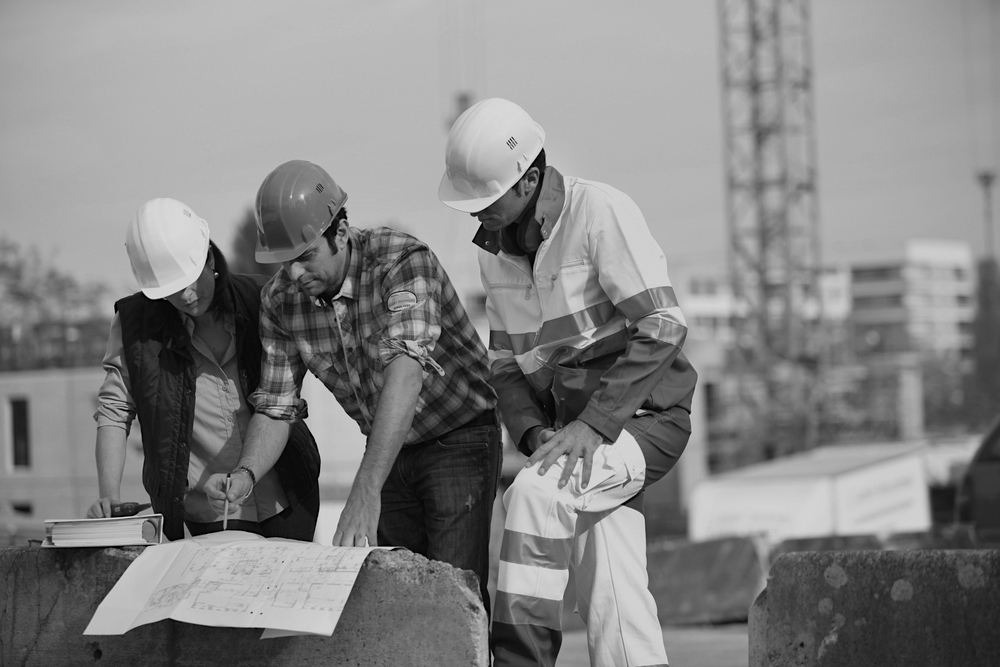


If you are a commercial property owner in the process of trying to insure your property—whether it be an office building, apartment complex, or gas station, etc.—you need to be familiar with the acronym – C.O.P.E.
It stands for Construction, Occupancy, Protection and Exposure. These are the four property risk characteristics an underwriter reviews when evaluating a submission for property insurance. C.O.P.E. ultimately affects the price you will pay for a commercial property insurance policy. Insurers use this data to identify factors that could cause an insurance company to experience a loss.
Let’s break down each of these risk characteristics further:
Here, underwriters review 3 key areas of Construction:
There is much to consider in this area. Combustibility of materials, mix of building materials (i.e. wood, concrete, etc.), structure size, as well as details like if the building’s major systems (HVAC, wiring, roofing, and plumbing) need updating all play a part in the evaluation.
This risk characteristic is comprised of two parts:
The insured class (retail, manufacturing, office, etc.) plays a part in determining its risk of loss, as well as how the insured manages its operations. It is important to understand that even similar insureds can manage their exposures and hazards differently.
This segment includes details such as:
The more protected the property will mean the underwriter can give your property a better evaluation and, at the end of the day, a better price for the policy.
Since not all hazards are directly related to the insured structure or operation, underwriters are also interested in any external hazards the insured property is exposed to. Some examples of such external exposures include:
As a commercial property owner, the more you know about C.O.P.E., the more it will benefit your property underwriting process.
Have more questions about C.O.P.E.? Contact TSIB today, and speak to one of our Risk Advisors.
image credit: Phovoir/shutterstock.com
Comments